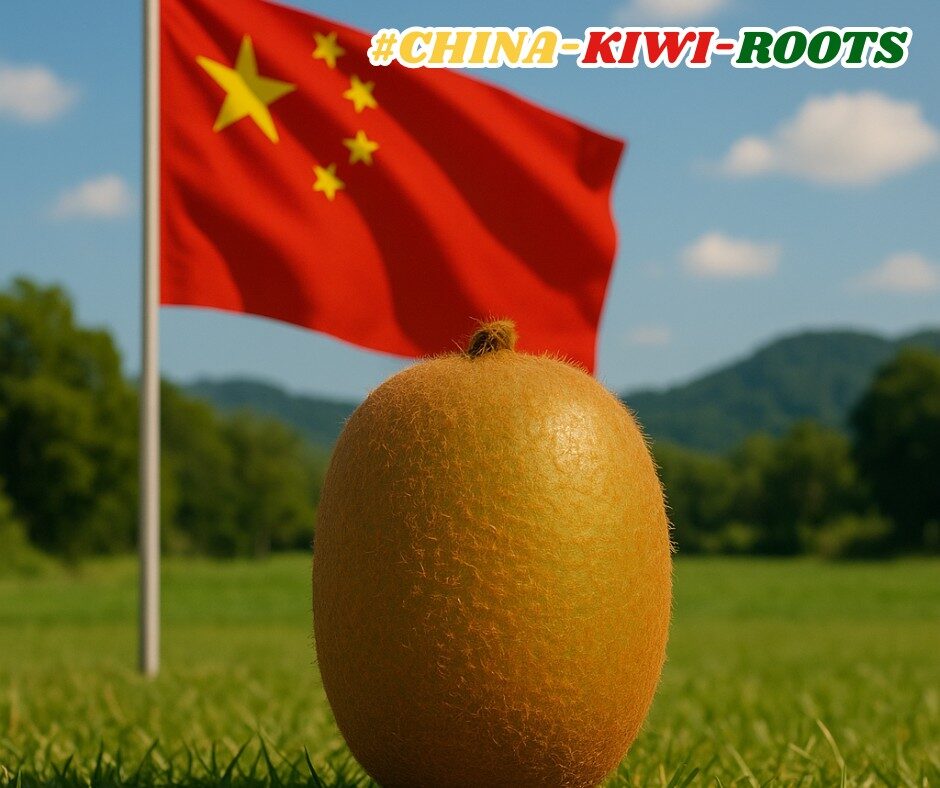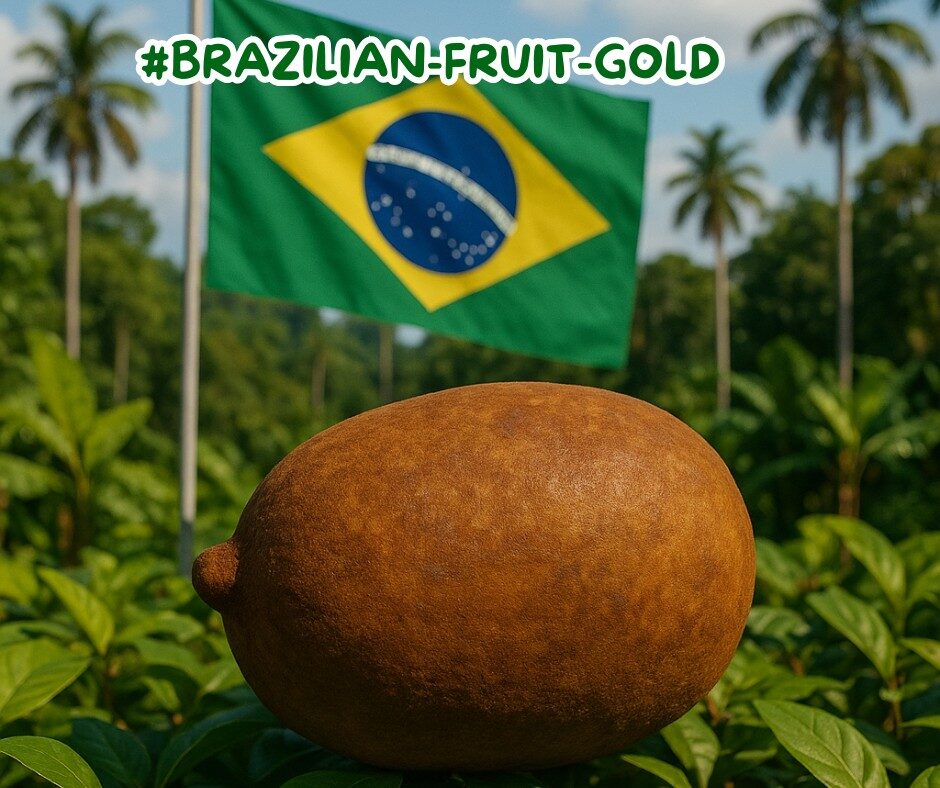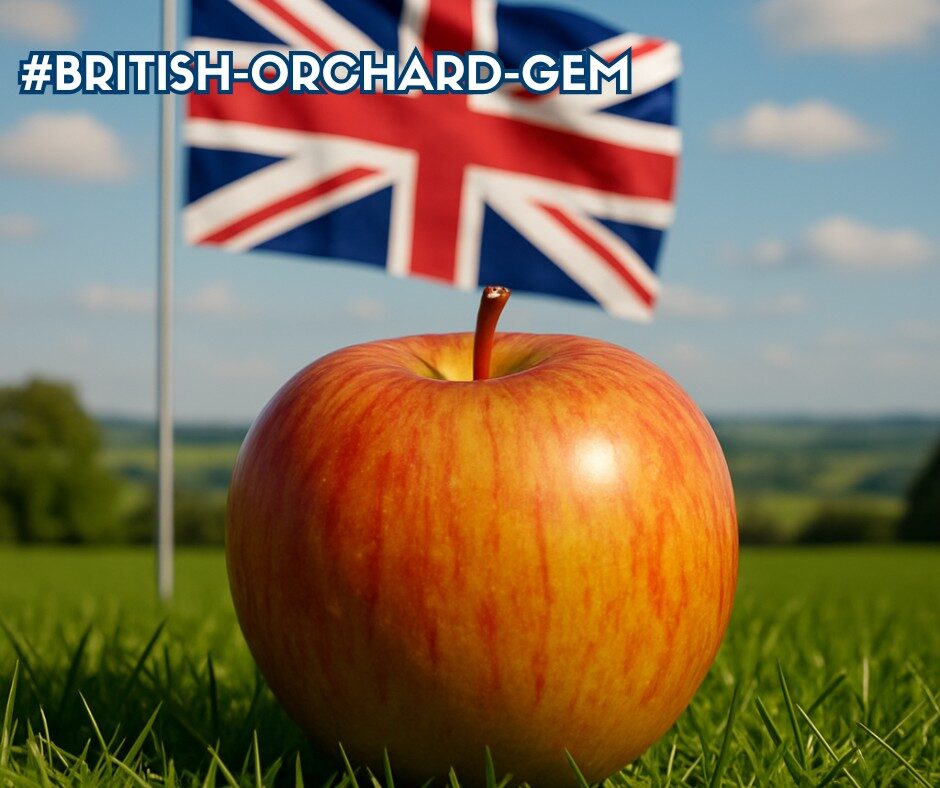by Dr. Marli Botha
Fats, protein and carbohydrates all provide your body with the energy or kilojoules you need to function and do your daily activities. By understanding how much energy a food item provides as well as knowing how much you need to maintain, lose or gain weight – you can make an educated decision on whether that product is suitable as a meal or snack or neither. Kilocalories and kilojoules are not mysteries, but ordinary units used to measure how much energy we take in and how much energy we use up on a daily basis. Let’s learn how to use them properly.
The standard unit of measurement for food energy is kilojoules in South Africa. Kilojoules (kJ) are used to measure how much energy people get from consuming a food or drink.
The kilojoule content of foods depends on the amount of carbohydrates, fats and proteins present in the food, as well as portion size. It can be difficult to tell how many kilojoules are in each food item on your plate, but in general:
- Water provides no kilojoules, therefore zero energy).
- Foods such as fruits, vegetables and legumes are less energy-dense foods and usually high in fibre therefore lower in kilojoules.
- Foods that are high in fats, added sugars or alcohol are by far the most energy-dense foods therefore higher in kilojoules.
It is important to remember that drinks can contain energy (kilojoules), but because liquid is not as filling as solid food, you often don’t realise how many kilojoules we are consuming from drinks. Some drinks are surprisingly high in kilojoules.
The general rule is that if you eat more kilojoules than you use, you’ll gain weight. And if you take in fewer kilojoules than you use, you’ll lose weight. And if those numbers are more or less even, your weight will stay about the same.
Product labels may represent the energy information in both kilojoules and calories (1 calorie (kcal) = 4.18 kilojoules). Terms such as “reduced”, “less than”, “fewer”, “light” or “lite” have little meaning if you do not have a reference to the energy or nutrient value of the original product and should not be used as the key deciding factor between two products.
Most foods and drinks are potentially fattening if consumed in excess. This means that even if you only eat healthy foods (yoghurt, fruit, vegetables, vegetarian, etc), you’ll still put on weight if you take in more energy than you need. The fact that a food or beverage has excellent nutritional properties doesn’t mean that it doesn’t have the potential to make you fat.
The energy (kJ) you needs each day and how much energy you can burn vary and depend on the following: daily activities, amount and type of exercise, height and weight, gender (men generally have higher energy requirements than women, because they have more muscle tissue), body composition and your age. As we age, activity levels are often reduced, which causes a loss of muscle tissue, and so our energy requirements tend to decrease.
This article was compiled by Dr Marli Botha with the intention to inform and educate the public. All relevant contributing information is based on the regulations of March 2010 (R146) as well as the published R429 draft of the regulations as a guideline for those issues are not covered by R146.




